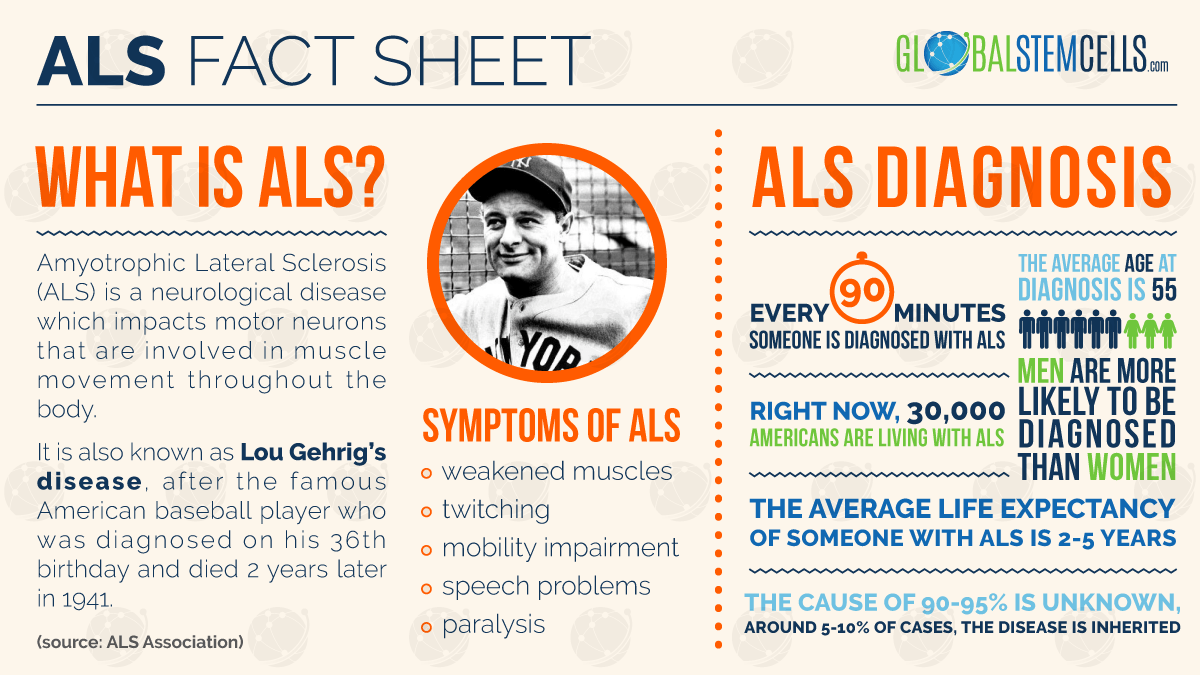The extraction of minerals and metals from the bowels of the earth has long been an undertaking fraught with grave risks. In the early days of mining the most immediate and deadliest of risks was the very real threat of cave-ins. Miners buried alive is a heartbreakingly common theme among mining communities. From the coal mines of Wales to the gold and copper mines of Chile and the famous Kimberley diamond mines of South Africa this was, and is still to some extent, the biggest fear in these close-knit mining communities.
There has always been concern, though, (even in the early days) that the fine dust the miners are exposed to underground has adverse effects on their health. The high incidence of pulmonary complications among miners has made them a perennial subject of scientific study. Among the many conditions that they have been diagnosed with include Silicosis, Caplan’s Syndrome, Pneumoconiosis and Progressive massive fibrosis.
McIntyre Powder Linked to Onset of ALS
Of more recent concern is news coming in from Ontario, Canada on the remarkable prevalence of Amyotrophic Lateral Sclerosis (ALS), also known as Lou Gehrig’s disease, among miners working in nickel and uranium mines. These miners were continually exposed to McIntyre Powder (which is finely ground aluminium and aluminium oxides) and which, at one point, was actually in use as a preventative measure for Silicosis. This powder was developed at McIntyre Mine in Ontario and was touted as protecting miners’ lungs when inhaled at the beginning of every shift. Indeed for a period of 36 years (ending in 1979) miners had to use it in order to be employed.
This ironic development, where the very substance that was believed to offer protection has now turned out to be a primary driver in miners contracting ALS and other neurological conditions, has prompted varied reactions from the scientific and mining communities in Canada.
Dave Wilkin of Occupational Health Clinics for Ontario Workers (OHCOW) believes there is enough reason to pursue the link between long-term inhalation of McIntyre powder and neurological disorder among miners, despite the fact that the weight of the evidence is so far anecdotal. The team at OHCOW keeps detailed medical logs of the miners who have inhaled McIntyre Powder on the job. This data is collated, examined and natural inferences arrived at. The number of former miners who were exposed to McIntyre Powder, and who have been diagnosed with ALS, while not staggering in absolute numbers (7 out of 300 miners), displays a significant spike compared to the national average of just 2 cases per 100 000 people.
Dave Wilkin and the team at OHCOW have been working with Janice Martell whose father was exposed to McIntyre Powder while he worked in the nickel and uranium mines of Ontario for over 30 years and was subsequently diagnosed with Parkinson’s disease in 2001. While Ontario’s Workplace Safety and Insurance Board (WSIB) was adamant in its position of pointing out the lack of solid evidence to link the two (McIntyre Powder and Parkinson’s disease) Martell slogged on reaching out to miners of her father’s generation and, with the help of OHCOW, was eventually able to anchor the anecdotal evidence to hard science and reach the inescapable conclusion that McIntyre Powder was in fact responsible for various neurological ills that befell miners and that these miners (now in the hundreds) are entitled to compensation.
What is ALS?
ALS is a degenerative neurological disease causing dysfunction of the nerves that controls muscle movement. These nerves are found in the brain and spinal cord. Typically starting in the limbs and spreading to other parts of the body, ALS (which is the most common type of motor-neuron diseases) brings with it a host of unpleasant symptoms which include a steady loss of motor function and muscle weakness, difficulties with speech and breathing, and the attendant social and psychological problems that will arise with any degenerative disease.

Advances in science have fortunately allowed many patients to slow down the progression of their condition. Through the use of Stem Cell Therapy, proven, safe and reliable treatment is now available. The ripple effects of this development is felt not just by the patients themselves but by their families, the medical community and other support systems that will experience less strain in taking care of ALS patients.
If you would like information about available stem cell treatments for ALS, please contact us and a patient representative will be in touch.
H/T: CBC




 English
English